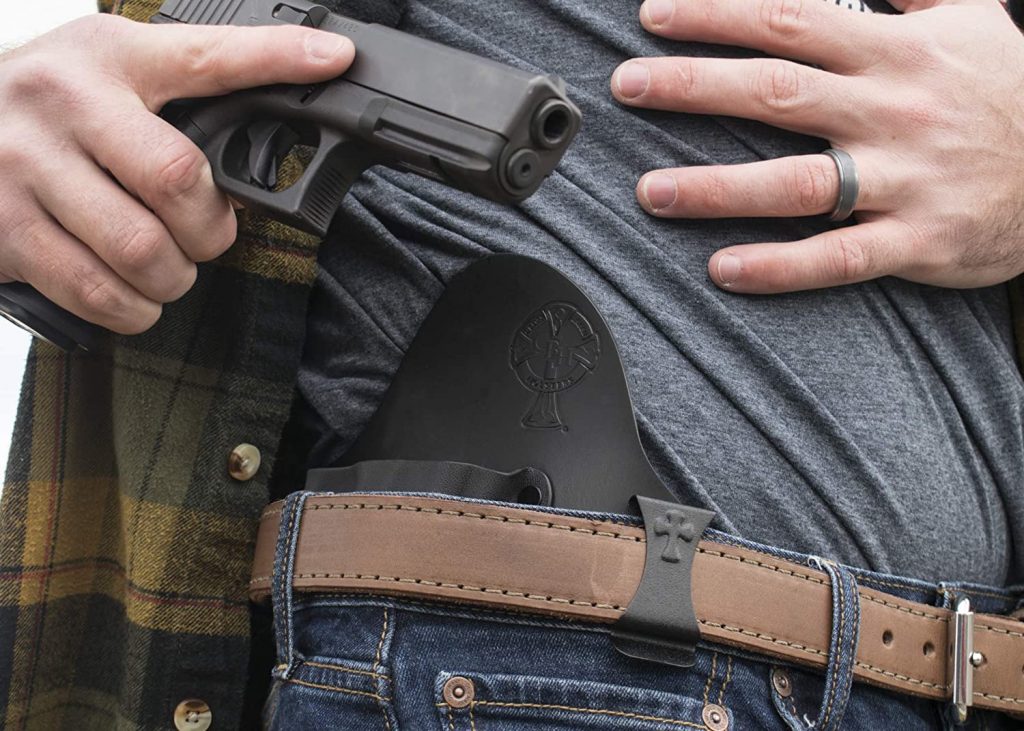One of the most misunderstood pieces of firearm culture and training is the Tueller drill. The Tueller drill has been around since 1983, and since then, it’s grown out and away from what it’s supposed to be, turning into a hive of misinformation. Anytime I hear it mentioned, I take a deep breath and wait patiently to see if the person speaking is knowledgeable or about to spill misinformation.
The Tueller Drill
Maybe you haven’t heard of the Tueller drill, or maybe you’re just not sure of its origins, so let’s break it down. The Tueller Drill could also be called the Tueller experiment. It was conducted by Sergeant Dennis Tueller of the Salt Lake City Police Department. His goal was to establish the distance an attacker with a melee weapon could cover before a person was able to draw their handgun and engage.
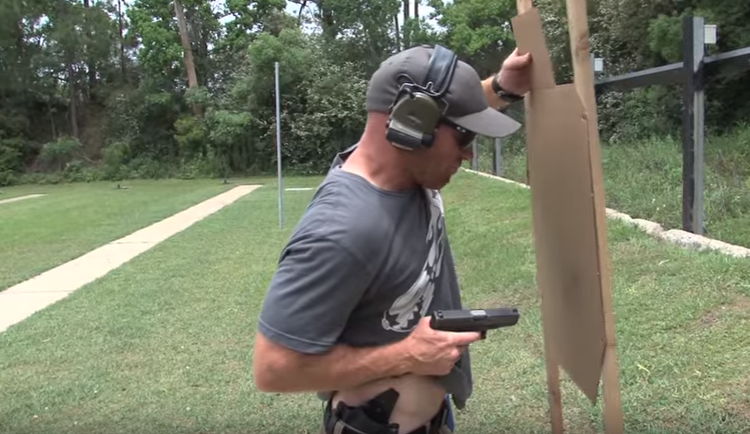
Sergeant Tueller found that a person can cover 21 feet at a dead sprint in about 1.5 seconds. For most people, 1.5 seconds is a fairly fast draw. Sure, some can draw within one second, but that’s an advanced shooter. Tueller wrote about the experiment in S.W.A.T. magazine, and the article is also present on the Police Policy Studies Council.
Tueller’s experiment was to establish a quantifiable danger distance from someone with a melee weapon. That danger zone was established at 21 feet based on an average draw time and the average distance a grown man can cover.
The Misinformation
There are two big pieces of misinformation that revolve around the Tueller drill. The first is that you cannot shoot someone who is beyond seven yards and armed with a melee weapon. The Tueller drill has never been codified into law, and it was never intended to be a legal limitation. The law regarding self-defense isn’t as simple as the Tueller drill making a shoto legal or illegal. Research your state’s laws regarding self-defense and the use of lethal force; do not assume any distance can justify or criminalize a shoot.
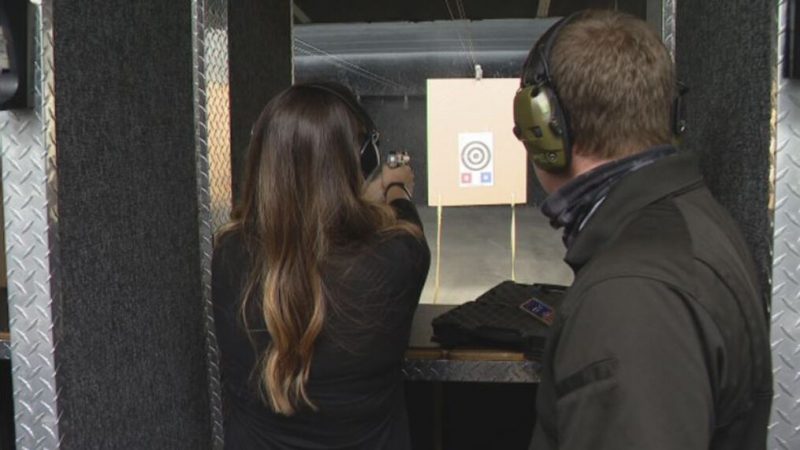
The second piece of information is more tactical. This piece was famously portrayed in the show Justified and humorously debunked in the same season. This myth basically states that the Tueller drill is a law of physics and that no one can draw and engage a threat fast enough to hit a charging target. Watch Tim Herron draw and shoot, and then tell me that. The Tueller Drill is based on averages, and averages aren’t always reality.
What You Should Take Way From It
If you read the entire article from Tueller, he never comes to conclusions that so many others have. His argument isn’t to learn to draw faster but to recognize danger earlier and to be aware of distances. He advocates creating more distance between you and your threat.
He calls it a tactical withdrawal. He advocates taking cover and putting obstacles between yourself and the attacker. Those obstacles can be trash cans, park benches, and whatever puts time and distance between you and an attacker.
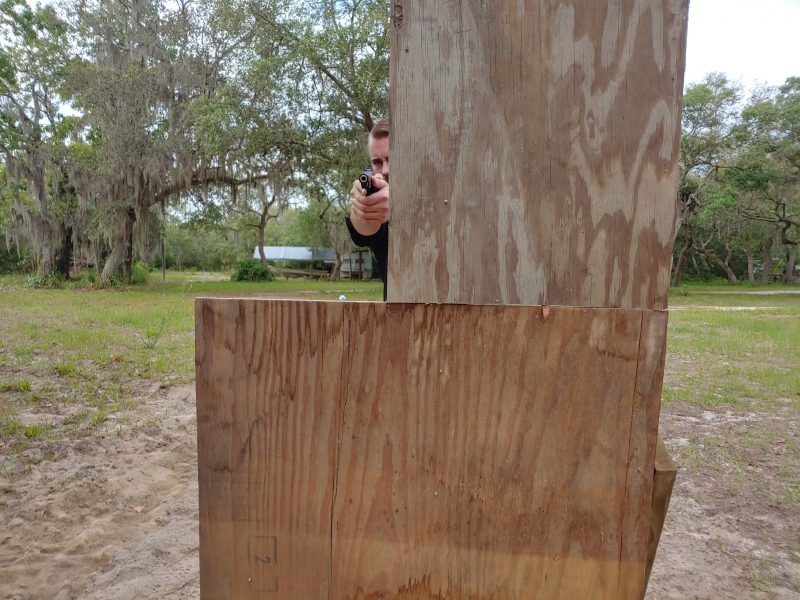
Take away that, on average, an attacker can cross 21 feet in 1.5 seconds. Recognize the benefit of distance and the benefit of time to make decisions. Also, retreat and survival can be a very valid option, especially for concealed carriers. Tueller was focusing on police use, and police can’t run from a threat, but you and I can.
Conducting a Tueller Drill
If you want to conduct your own Tueller drill, grab a basic airsoft gun and the proper protective equipment, and find 21 feet of space, you can sprint at each other. It becomes eye-opening in more ways than one. Seven yards of 21 feet starts to look a lot closer than you’d think, and 1.5 seconds feels awfully fast.
Doing the drill can be a fun force-on-force drill to conduct. It’s eye-opening. In fact, a smart shooter will move. There are no rules saying you have to stand still. The best shooters are thinkers first. With that in mind, think about the Tueller drill, read the original article, and make sure you understand its purpose and place.
ABOUT THE AUTHOR:
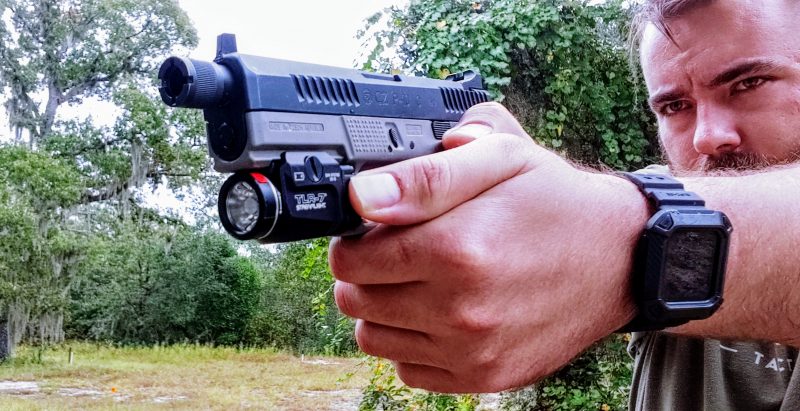
Travis Pike is a former Marine Machine gunner who served with 2nd Bn 2nd Marines for 5 years. He deployed in 2009 to Afghanistan and again in 2011 with the 22nd MEU(SOC) during a record-setting 11 months at sea. Travis has trained with the Romanian Army, the Spanish Marines, the Emirate Marines, and the Afghan National Army.
He serves as an NRA-certified pistol instructor and pursues a variety of firearms-based hobbies.
![]()
You may also enjoy these popular articles:




©MTC Holsters, LLC and CrossBreed Holsters Blog, 2024.
Unauthorized use and/or duplication of this material without express and written permission from this site’s author and/or owner is strictly prohibited. Excerpts and links may be used, provided that full and clear credit is given to Travis Pike and the CrossBreed Blog with appropriate and specific direction to the original content.

